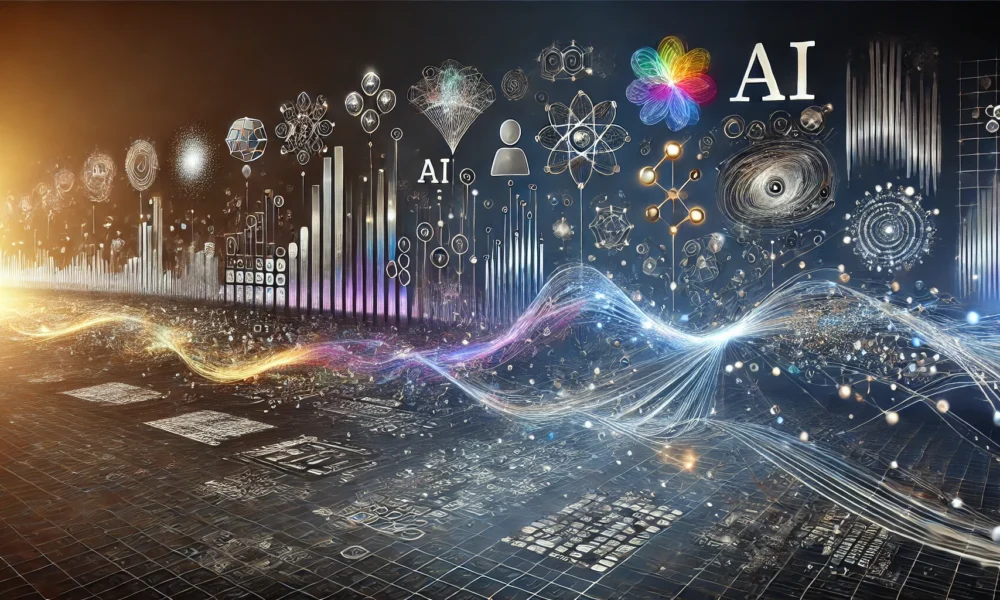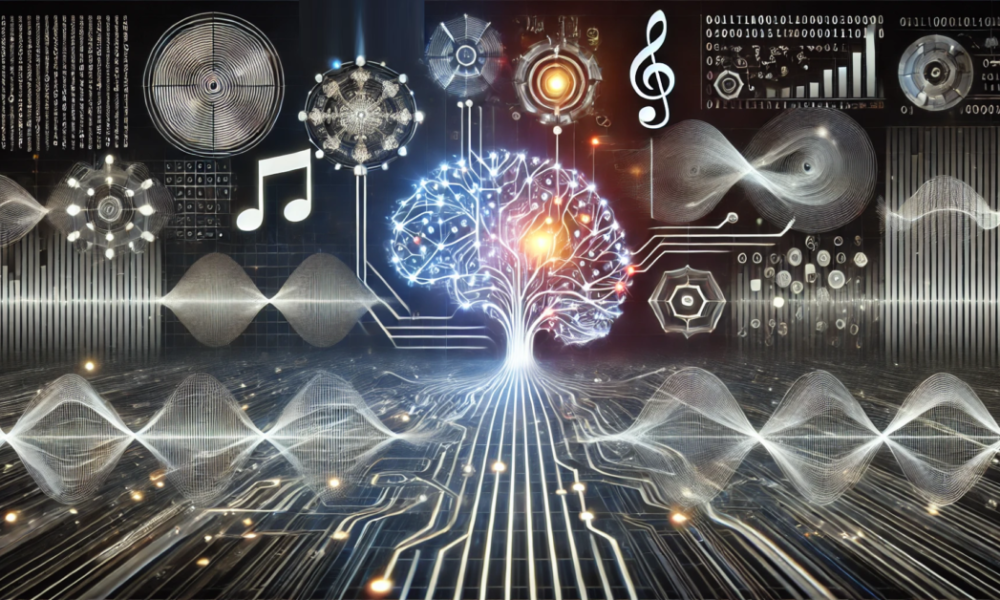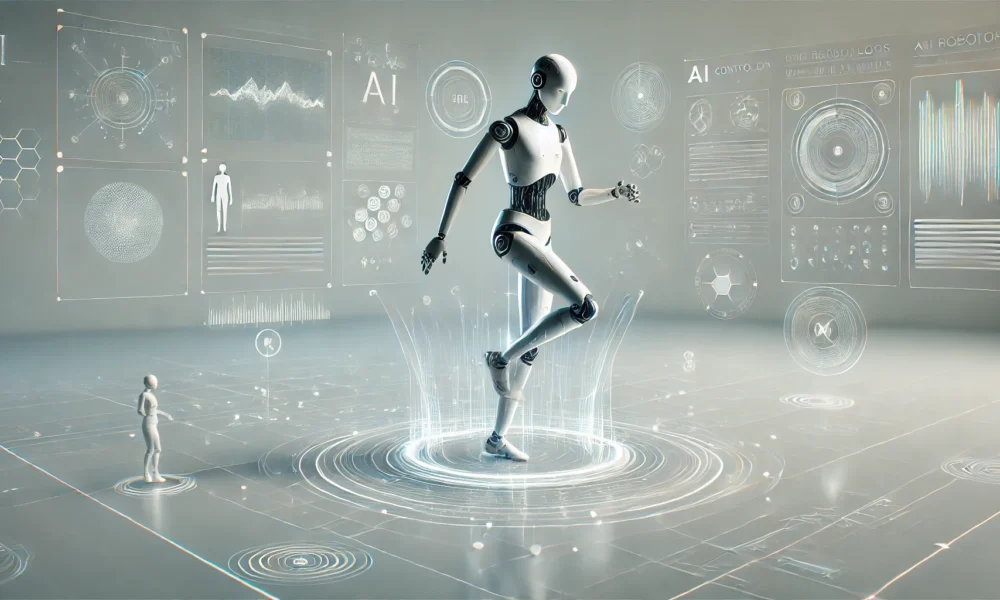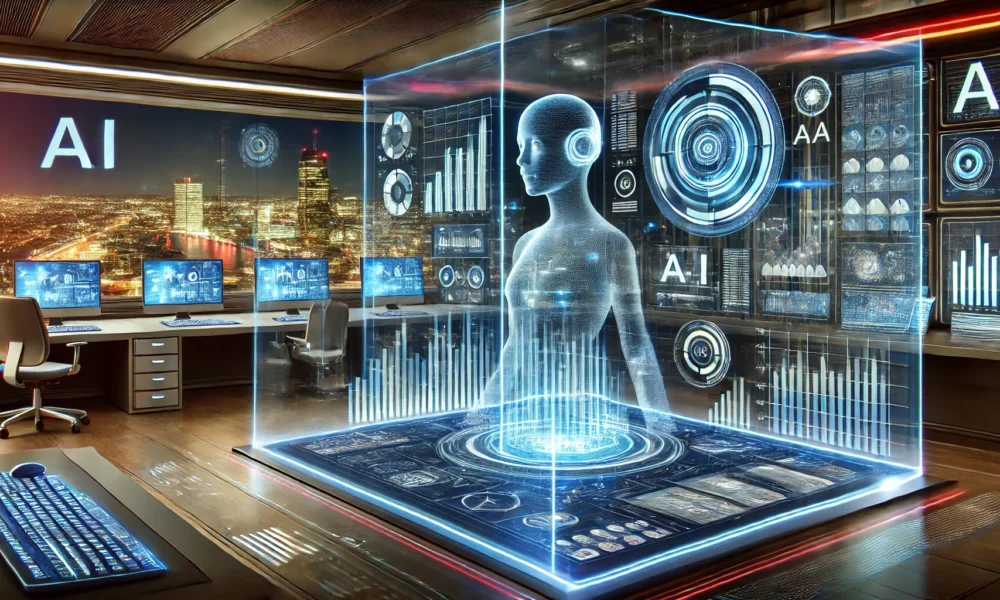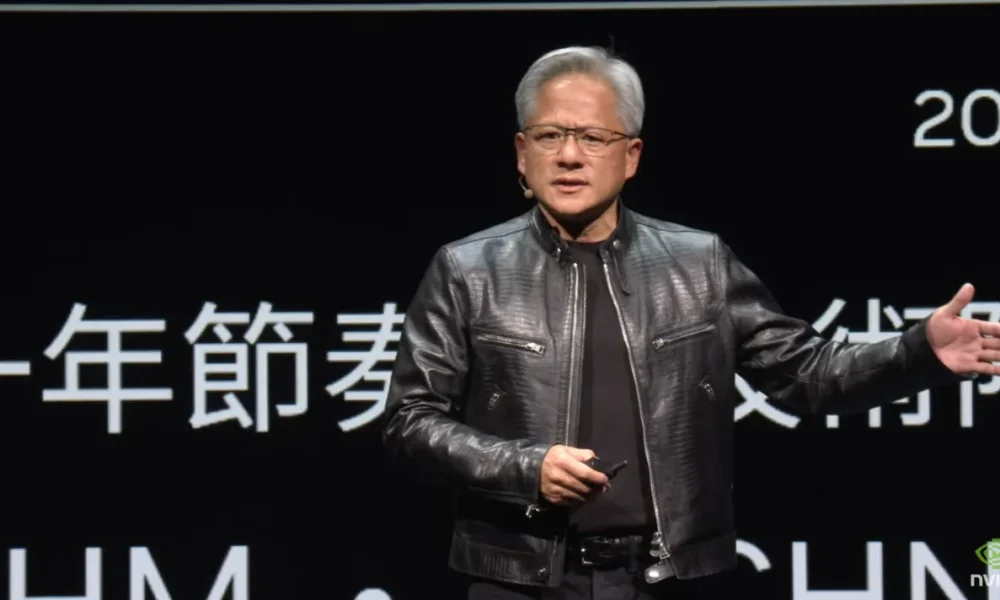Experience the Future with Alexa+
AI-powered personal assistants have become essential in our fast-paced lives, helping us manage tasks, control smart devices, and stay organized. Among them, Amazon Alexa has led the way, bringing voice control into millions of homes. Now, Amazon is taking things to the next level with the launch of Alexa+, a new and improved version powered by advanced generative AI.
Alexa+ is a big step forward in personal assistance. Its advanced machine learning and smart home features offer a more intuitive and personalized experience than ever before. From handling complex tasks to adapting to individual behaviors, Alexa+ is designed to simplify daily life in previously unimaginable ways. Its ability to process detailed commands, create content, and interact across multiple platforms sets it apart from the available voice assistants.
Unveiling the Next Generation of Voice Assistants
Amazon Alexa+ is the next generation of voice assistant technology, designed to be smarter and more personalized than previous versions. While the original Alexa could already control smart home devices, answer questions, and assist with basic tasks, Alexa+ goes further with enhanced AI and better language understanding.
Alexa+ connects with more devices, making it more than just a voice assistant. It integrates with everything from lights and thermostats to security systems and appliances, simplifying control across the home. Alexa+ learns over time, adapting to how people use it and offering smarter suggestions. For instance, it can adjust the temperature before someone arrives home or suggest meals based on past preferences.
Advanced natural language processing (NLP) allows Alexa+ to understand commands and the context behind them. For example, when asked about the weather and followed up with a question about needing an umbrella, Alexa+ recalls the initial query and provides relevant, up-to-date information without needing to repeat anything. Its ability to engage in multi-turn conversations makes interactions feel more natural and human-like.
Alexa+ also excels in its ability to integrate with third-party services and devices. It works with various products and platforms, including Google Calendar, Microsoft Teams, and various smart home devices. This integration ensures that Alexa+ can control multiple devices from different brands without manual setup. For example, a simple command like, “Alexa, turn on the living room lights” will control all compatible smart lights without requiring additional configuration.
With its combination of advanced AI, intuitive control, and seamless device integration, Alexa+ sets a new standard in voice assistant technology, offering a smarter, more personalized, and highly adaptable experience.
Elevating Personal Assistance to New Heights
Alexa+ represents a significant improvement over previous versions, offering better performance and new features that make it much more advanced.
One of the key upgrades is its faster response times and improved accuracy. With Amazon’s robust cloud computing infrastructure, Alexa+ processes requests quickly and accurately, ensuring that commands are carried out without delay. Additionally, its understanding of context helps reduce misunderstandings and unnecessary repetition, making for a smoother experience.
Alexa+ is also more intelligent and capable, introducing new features like advanced routine automation. This allows Alexa+ to handle more complex tasks. For example, it can automatically adjust the temperature, start a morning playlist, and update a shopping list when supplies run low. By learning from user habits, Alexa+ becomes more proactive, anticipating needs and making everyday tasks easier.
Moreover, Alexa+ works best with Amazon’s latest Echo devices, which have been upgraded to support its enhanced features. These devices offer better audio quality and stronger Wi-Fi connectivity and are designed to manage more advanced smart home features. This ensures users can maximize Alexa+’s capabilities, creating a more seamless and efficient smart home experience.
Unleashing the Power of AI and Machine Learning
Alexa+’s impressive capabilities are powered by advanced artificial intelligence (AI) and machine learning technologies. These systems allow Alexa+ to process large amounts of data, understand complex commands, and provide relevant, personalized responses based on the user’s needs.
Personalized Assistance Tailored to You
Alexa+ continuously improves its responses using machine learning. Over time, it adapts based on interactions and begins to predict needs. For instance, if it is frequently asked for weather updates in the morning or to set reminders for specific tasks, Alexa+ will automatically offer those suggestions without the need to be requested.
Transforming Daily Life with Innovation
Alexa+ brings several new features, making it more than just a voice assistant. One of the key improvements is its ability to anticipate needs. Instead of waiting for commands, Alexa+ can act independently based on what it has learned. For example, it can automatically adjust the temperature or lighting based on the time of day or when someone enters or leaves the home. This proactive approach makes the home more responsive and in tune with everyday routines.
Another distinguished feature is Alexa+’s creative abilities. It is not just about managing tasks; Alexa+ can generate personalized content, such as telling custom stories, creating music, or suggesting fun activities. This makes Alexa+ a valuable companion for work and leisure, offering a more interactive experience.
Over time, Alexa+ gets more intelligent by learning preferences. It can fine-tune its actions, such as suggesting the right music for different times of the day or adjusting the temperature automatically when someone is expected home. The more Alexa+ is used, the more it adapts to make everyday tasks more manageable without being asked.
Alexa+ also improves the user experience by reducing the need for input. It can offer updates or reminders without being prompted, like sharing weather updates automatically in the morning or giving reminders at set times. This makes Alexa+ feel less like a tool and more like a helpful companion, always a step ahead in assisting with daily routines.
Setting a New Standard in Personal Assistance
In conclusion, Alexa+ is a significant step forward in voice assistant technology. With its advanced AI, machine learning, and seamless smart home integration, Alexa+ offers a more personalized, proactive, and intuitive experience. It manages tasks more efficiently and adapts to individual preferences, making it a helpful companion in everyday life. Whether it offers suggestions, automates tasks, or creates personalized content, Alexa+ enhances convenience, productivity, and creativity.
As it continues to learn and evolve, Alexa+ redefines what a voice assistant can do, providing users with a more innovative, more connected way to manage their homes and daily routines. With these innovations, Alexa+ is setting a new standard for personal assistants in the modern world.
-
What is Amazon’s Alexa+?
Amazon’s Alexa+ is the latest generation of AI-powered personal assistants built by Amazon. It provides an enhanced user experience with advanced features and capabilities. -
How is Alexa+ different from previous versions of Amazon’s Alexa?
Alexa+ offers a more personalized and tailored user experience through improved AI algorithms and natural language processing. It also has new functionalities and integrations with smart home devices and services. -
Can Alexa+ help with scheduling and organizing tasks?
Yes, Alexa+ can help you manage your schedule, set reminders, and organize tasks. It can also provide recommendations and alerts based on your preferences and habits. -
Does Alexa+ have improved voice recognition technology?
Yes, Alexa+ features enhanced voice recognition technology that enables more accurate and seamless interactions with the personal assistant. It can understand and respond to commands more efficiently. - How can I integrate Alexa+ with my smart home devices?
Alexa+ can be easily integrated with a wide range of smart home devices, allowing you to control them using voice commands. You can set up routines and automate tasks to simplify your daily routine.



